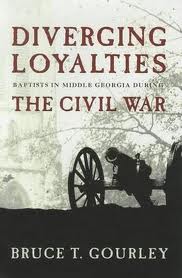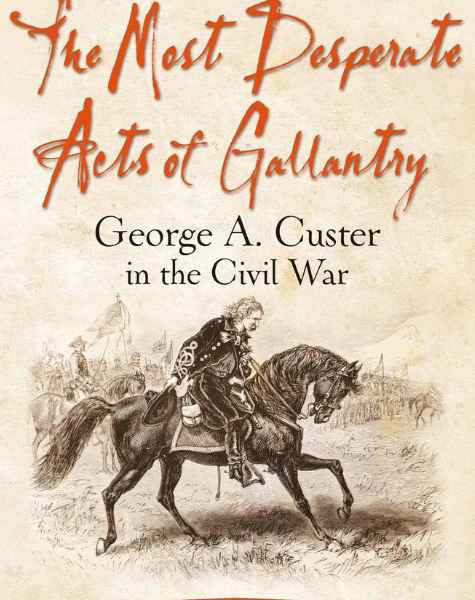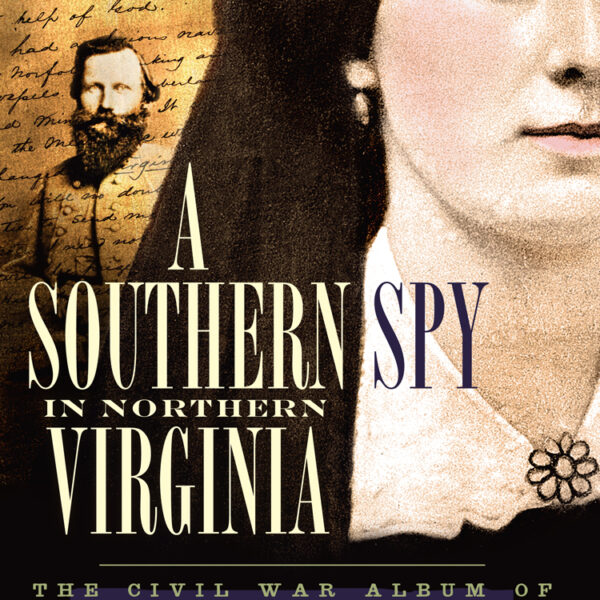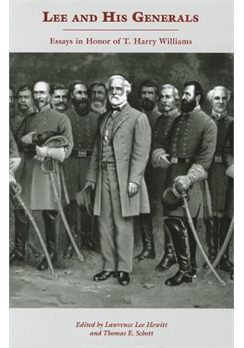Big Bethel: The First Battle by John V. Quarstein. The History Press, 2011. Paper, ISBN: 1609493540. $19.99.
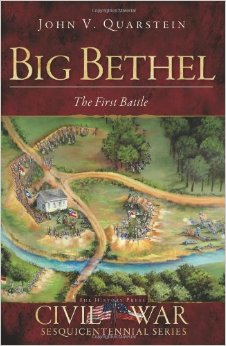 Historians of the Civil War have traditionally questioned the significance of the first combat action between North and South, which took place on the Virginia Peninsula on June 10, 1861. Many have considered Big Bethel not a battle but rather a skirmish, most notable for producing the first combat casualties of the war. With Big Bethel: The First Battle, historian John V. Quarstein seeks to promote Big Bethel from “footnote” status to “an engagement that should be remembered.” An installment in the Civil War Sesquicentennial Series from The History Press, Quarstein’s concise study is the first monograph devoted specifically to the battle. It is a well researched, flowing narrative that includes ample detail on the major figures and events surrounding the battle.
Historians of the Civil War have traditionally questioned the significance of the first combat action between North and South, which took place on the Virginia Peninsula on June 10, 1861. Many have considered Big Bethel not a battle but rather a skirmish, most notable for producing the first combat casualties of the war. With Big Bethel: The First Battle, historian John V. Quarstein seeks to promote Big Bethel from “footnote” status to “an engagement that should be remembered.” An installment in the Civil War Sesquicentennial Series from The History Press, Quarstein’s concise study is the first monograph devoted specifically to the battle. It is a well researched, flowing narrative that includes ample detail on the major figures and events surrounding the battle.
When federal troops reinforced the garrison at Fortress Monroe on the southern tip of the Virginia Peninsula in late May 1861, the Confederate forces deployed close to 1,400 troops to establish positions south of Yorktown and within striking distance of the Union garrisons in the area. In response to this, the Union army devised a plan for a dawn attack on the Confederate camps following a night movement on June 10. Inexperience and tactical ignorance doomed the Union attempt at a surprise attack, and after a series of ill-fated assaults on the Confederate positions, the blue-coated troops made a disorganized retreat. Stunned, shamed, and having suffered the first conventional casualties of the war (18 killed, 53 wounded), the Union soldiers had been dealt a dose of reality and a cautionary glimpse of the difficulties that lay ahead. Conversely, the South was emboldened — galvanized by the fact that the Confederates had fended off an enemy element that outnumbered them three to one.
In his account of the battle, Quarstein draws upon primary sources to effectively illustrate the confusion and problems with communication that saddled the Federal leadership at Big Bethel. Most notably, two New York regiments exchanged fire with each other, demonstrating how unprepared the soldiers and officers were for a full-scale engagement involving troop movements. Despite the inexperience on both sides, bravery was not absent from the fight, and Quarstein is sure to illustrate a number of individual acts of heroism.
One of the strengths of the book is perhaps its most glaring weakness as well. Quarstein provides ample background narrative on the two opposing commanders, Union Major General Benjamin Franklin Butler and Confederate Major General John Bankhead Magruder. In Butler, we are introduced to a political schemer with a distain for authority, but also to a decisive leader who gained notoriety for his aggressiveness in occupying Baltimore at the outbreak of the war. “Prince” John Macgruder, known for his flamboyance and fancy dress, was likewise an accomplished officer who performed admirably during the war in Mexico. Quarstein provides a detailed account of the events and decisions that led to these two generals commanding the forces that met at Big Bethel. At times, however, the amount of attention paid to both commanders’ backgrounds seems excessive for such a short study. A third of the entire text is devoted to introducing these two figures. As a result, the reader is left to wonder if the battle alone is capable of providing enough substance for an entire book-length study.
In a useful addition to the text, an appendix addresses the interpretation of Big Bethel as the first real battle of the Civil War. This is important, if for no other reason than to establish the engagement’s unique role in the beginning of the war. Although this conclusion alone does not offer much in the way of evidence of why the battle mattered in the long run, it is nonetheless crucial to the very identity of the fight, and perhaps deserved more coverage in the main text.
Ultimately, Quarstein’s book raises a useful question for Civil War scholars. What metric should be used when determining the significance of a battle or event? If the number of casualties is the determining factor, then clearly engagements such as Big Bethel are relegated to the realm of insignificance when compared with the common catastrophes of Gettysburg and Antietam. Indeed, some unnamed skirmishes later in the war produced more dead than those who fell on June 10, 1861. Of course, body counts alone do not tell the whole story. The relative importance of an event is often demonstrated by how it shapes or influences the events or decisions that follow. Here, Quarstein offers a little, but not enough to definitively establish Big Bethel’s importance in the months and years that followed (perhaps because there just isn’t much to be offered in that regard.)
Despite a few minor shortcomings, Big Bethel: The First Battle is a worthwhile read and serves the author’s intended purpose of introducing the little known facts behind the lead up to the engagement and the conduct of the battle itself. Quarstein has provided a valuable case study of the nation’s unpreparedness for the war.
Lt. Col. Clay Mountcastle, U.S. Army, is Professor of Military Science at the University of Washington and author of Punitive War: Confederate Guerrillas and Union Reprisals (2009).

